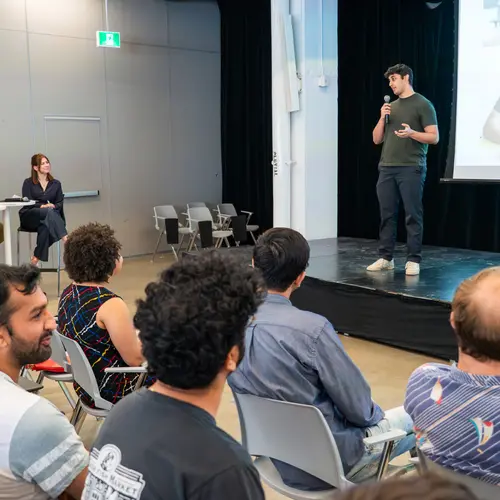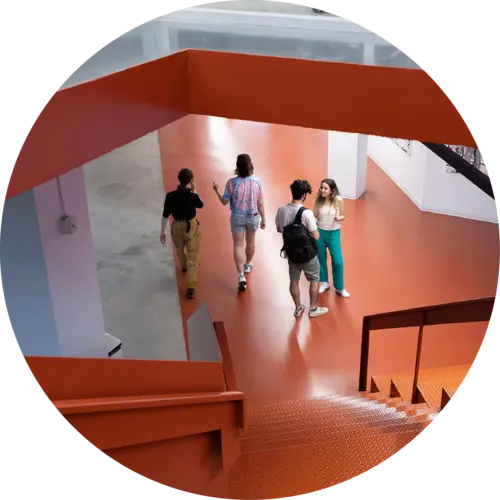
Biography
Shirin Abbasinejad Enger is a tenured associate professor in the Medical Physics Unit of the Gerald Bronfman Department of Oncology, McGill University.
She is also Director of the Medical Physics Unit, and a Tier 2 Canada Research Chair in Medical Physics.
Enger is also a principal investigator at the Lady Davis Institute for Medical Research and the Segal Cancer Centre of the Jewish General Hospital.
She received her PhD from Uppsala University in 2009 and was a postdoctoral fellow at Université Laval from 2009 to 2011. She has taken on a variety of leadership roles in international and national working groups and committees.


